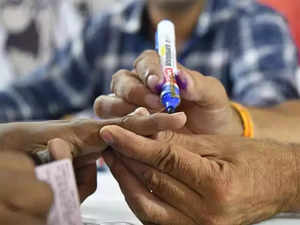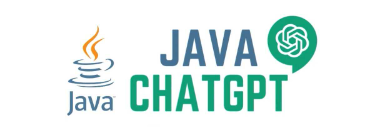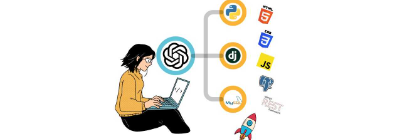 Agencies
AgenciesBudget with ET
What's 'One Nation, One Election'
The idea focuses on holding simultaneous elections for both the Lok Sabha and State Assemblies across the nation. Prime Minister Narendra Modi has been a strong proponent of this concept for a long time.At present, elections for the Lok Sabha and state assemblies are held separately, either after the completion of a five-year term or when a government is dissolved for various reasons.
ALSO READ: Cabinet approves 'One Nation, One Election', likely to bring comprehensive bill
Benefits of simultaneous elections
Supporters argue that holding joint polls can save significant expenses, enhance administrative efficiency, and potentially lead to higher voter turnout.According to certain reports, an astonishing amount of around Rs 60,000 crore was utilized during the 2019 Lok Sabha elections. This total includes costs borne by political parties participating in the electoral process and the Election Commission of India's expenses in orchestrating the elections. Additionally, substantial and evident costs are linked to the repeated deployment and transfer of security personnel. Due to election duties and associated labor, the regular responsibilities of the government machinery are neglected during each election. These numerous man-hours are not factored into the election budget.
History of simultaneous elections
The concept of simultaneous elections dates back to the first general elections in 1951-52, which coincided with all Vidhan Sabha polls. This practice continued until 1967 when hung assemblies disrupted the trend. The subsequent years witnessed a series of prematurely dissolved Lok Sabhas and state assemblies, derailing the simultaneous poll calendar.For and against simultaneous polls
Supporters argue that conducting multiple elections strains state resources, keeps political parties in perpetual campaign mode, and leads to corrupt practices. Critics, however, express concerns about the potential misuse of power by the Centre, influencing regional parties and state politics.Challenges in implementing One Nation, One Election:
Despite potential benefits, the proposal faces opposition, with critics citing concerns about the democratic spirit, dominance of national issues over local concerns, and the need for constitutional amendments.Implementing simultaneous elections requires constitutional amendments, a two-thirds majority in Parliament, and ratification by at least half the states. Amendments to key articles, including 83, 85(2)(B), 174(2)(B), 356, and 75(3), along with changes to the Representation of People's Act, 1951, pose significant challenges. Ensuring sufficient EVM availability, polling, and security staff adds to the complexity.
(Catch all the Business News, Breaking News, Budget 2024 Events and Latest News Updates on The Economic Times.)
Subscribe to The Economic Times Prime and read the ET ePaper online.
Read More News on
(Catch all the Business News, Breaking News, Budget 2024 Events and Latest News Updates on The Economic Times.)
Subscribe to The Economic Times Prime and read the ET ePaper online.









































 Get Unlimited Access to The Economic Times
Get Unlimited Access to The Economic Times
